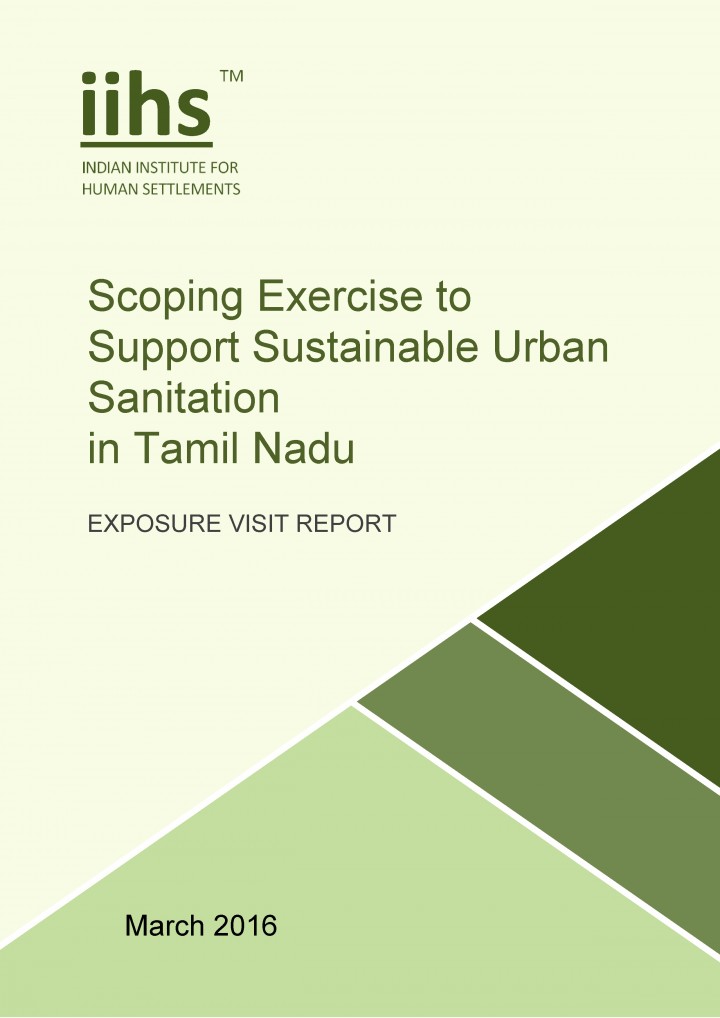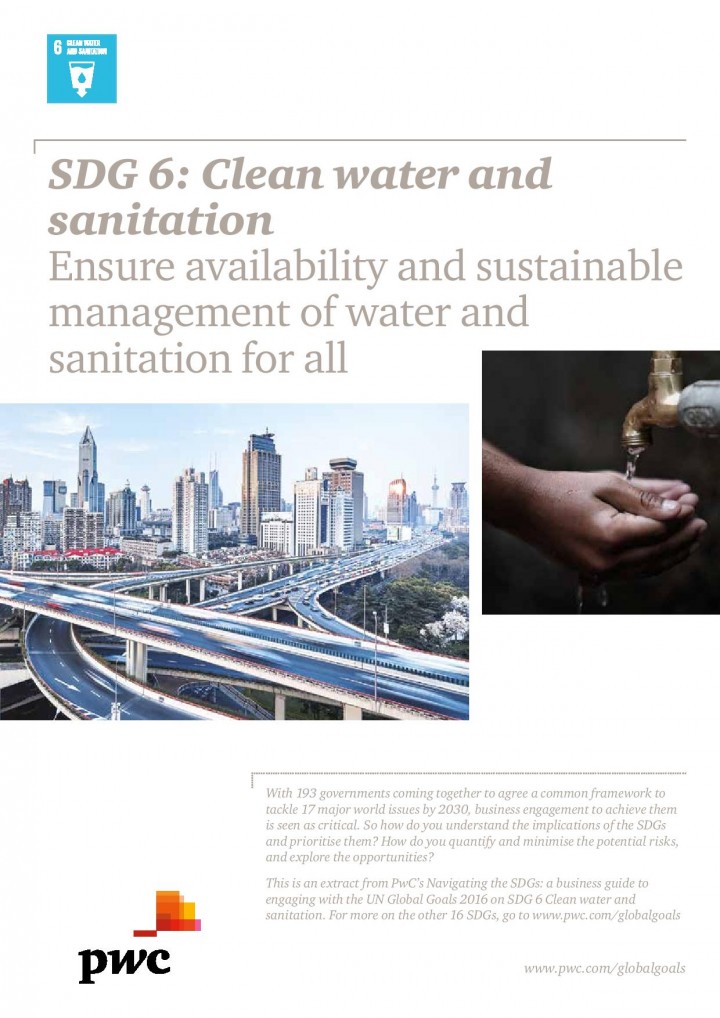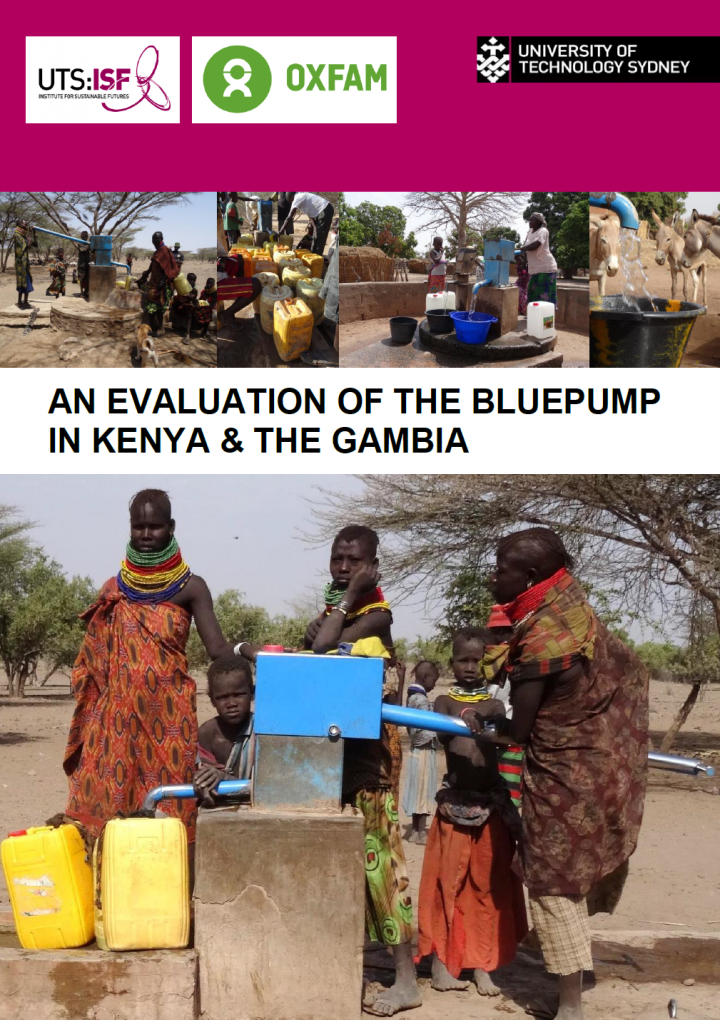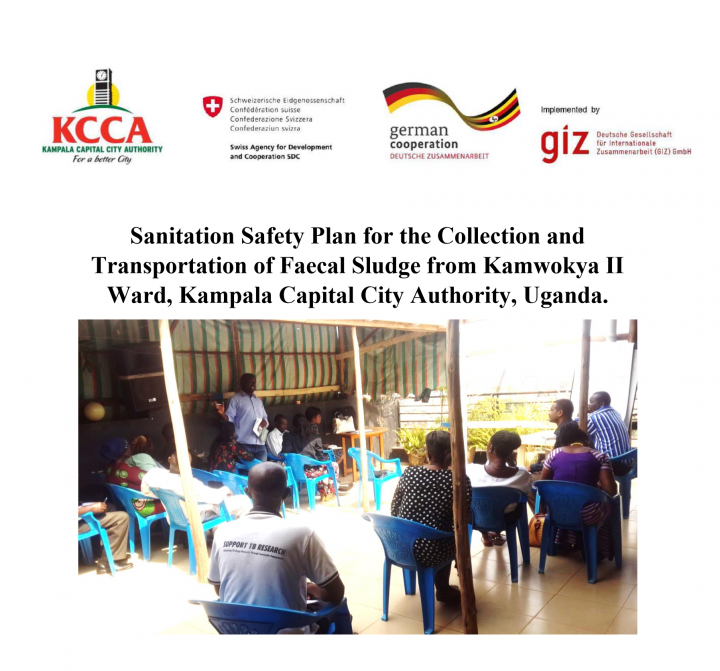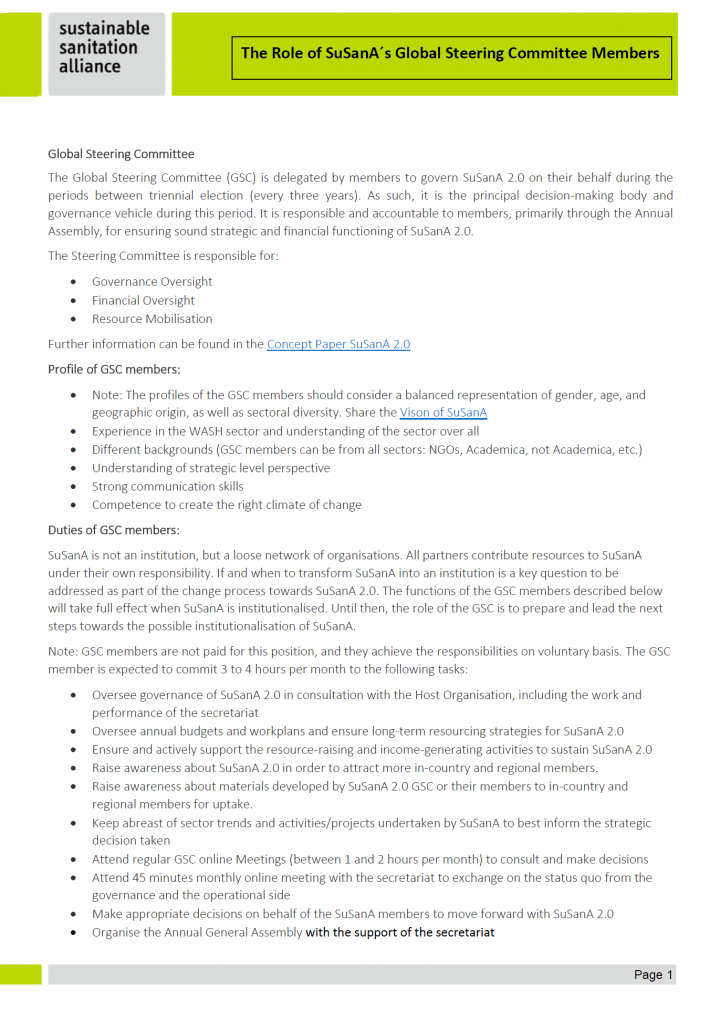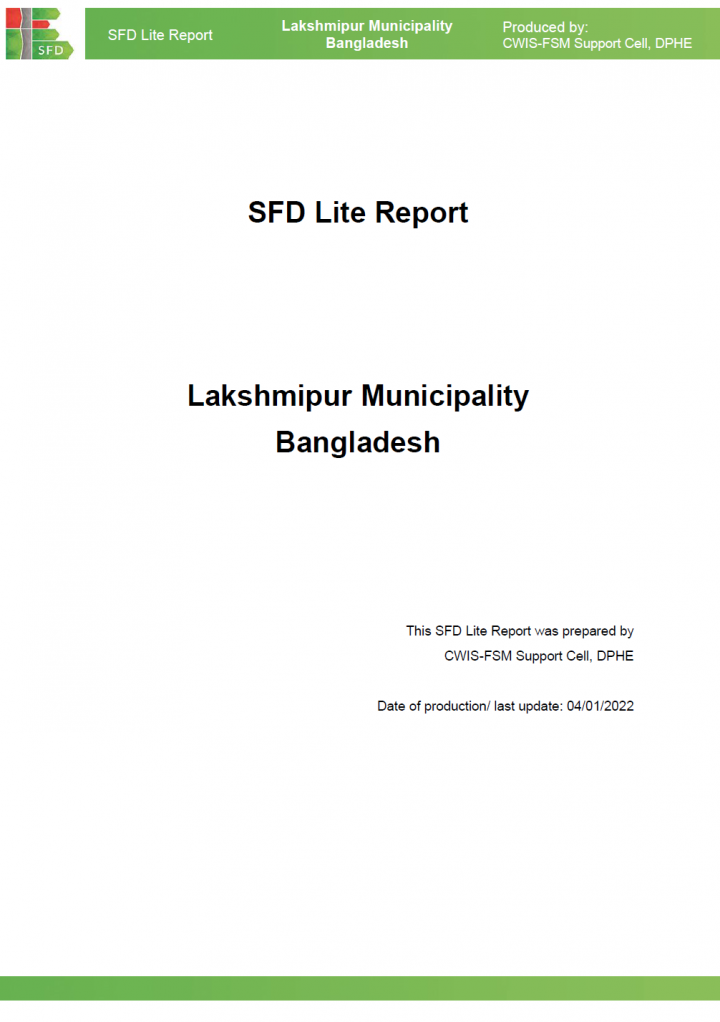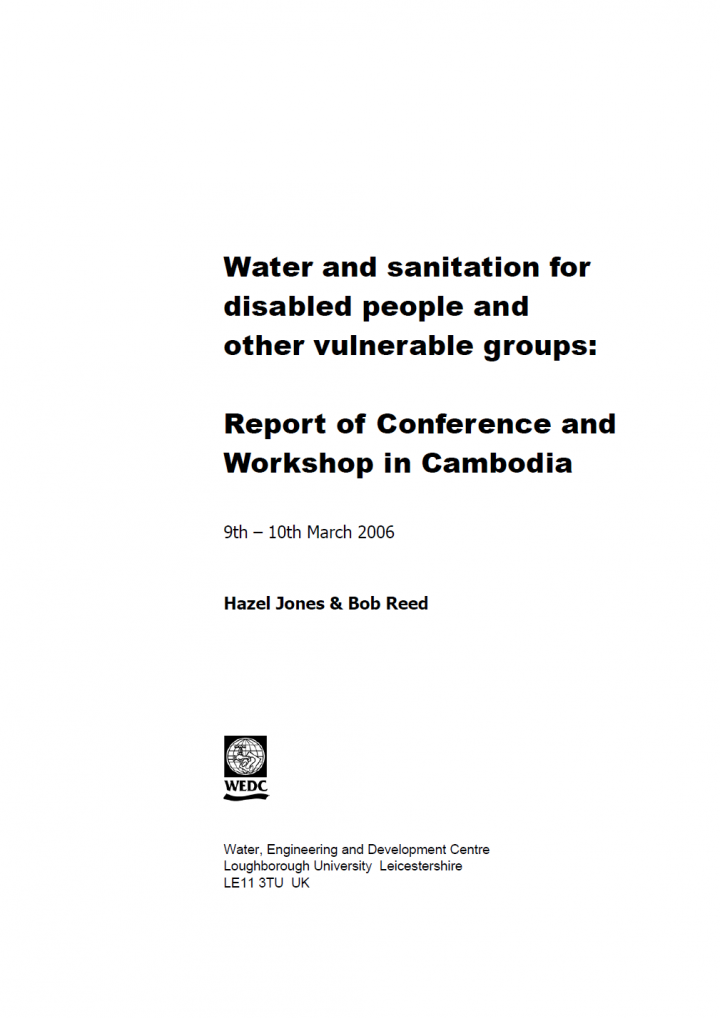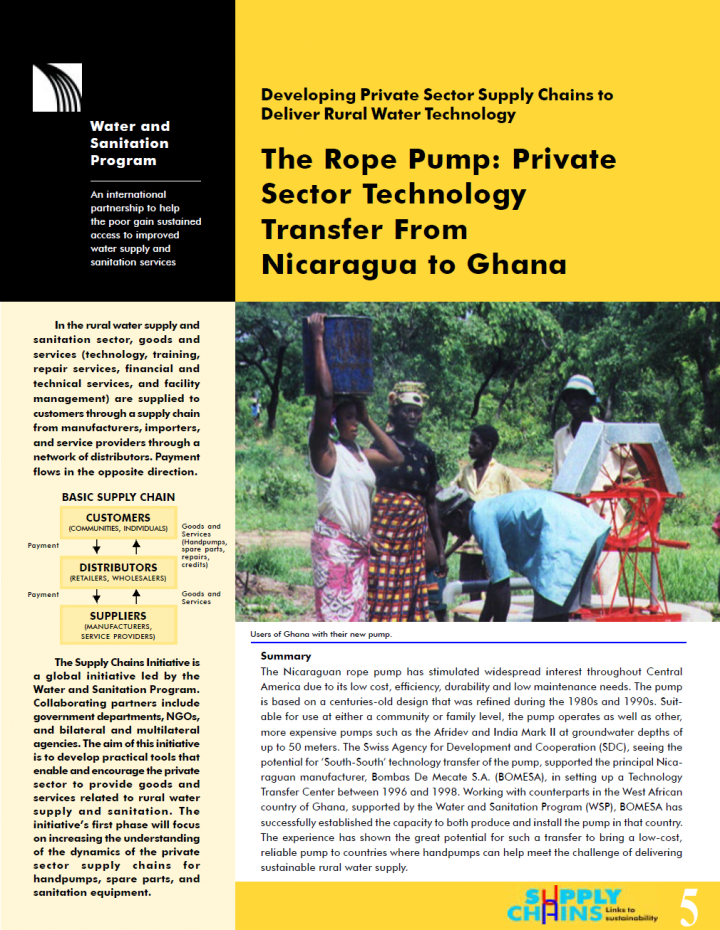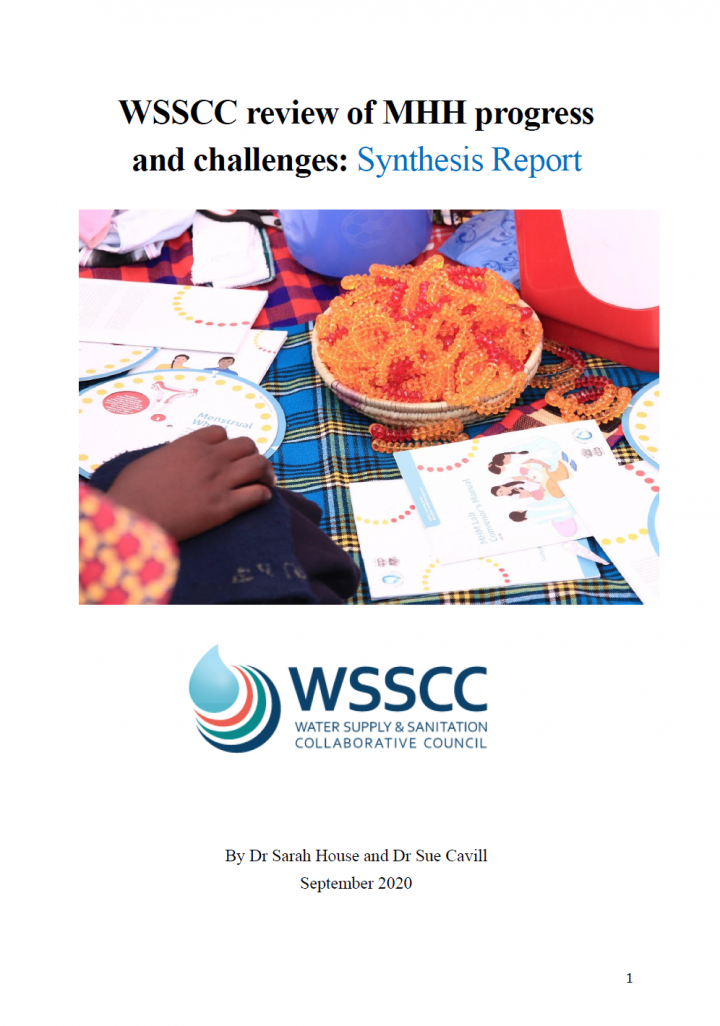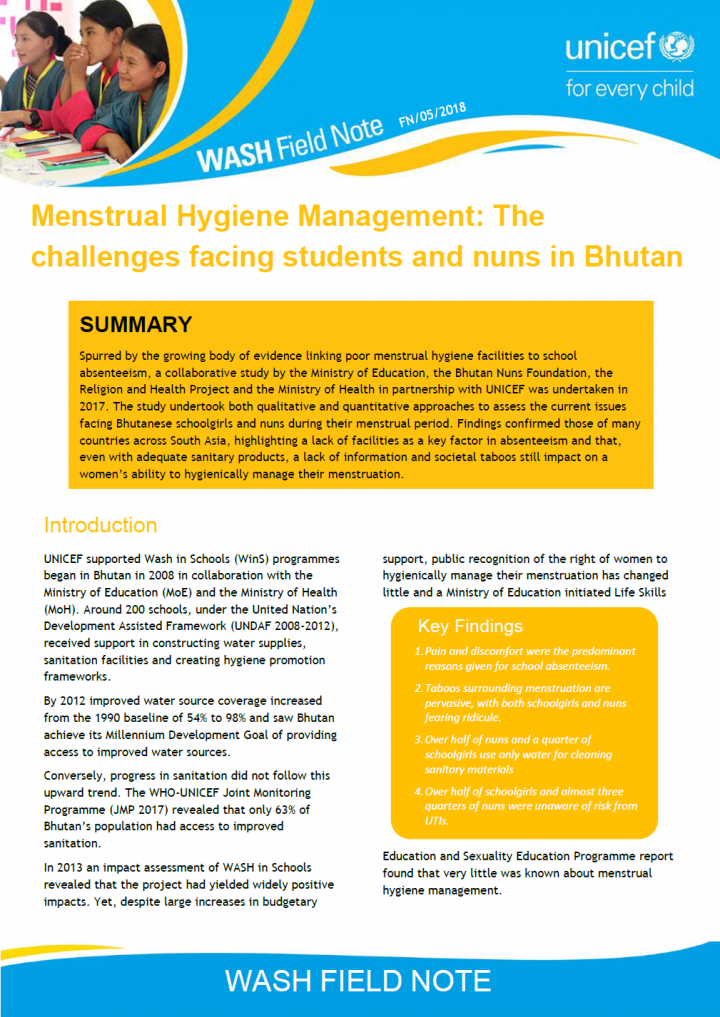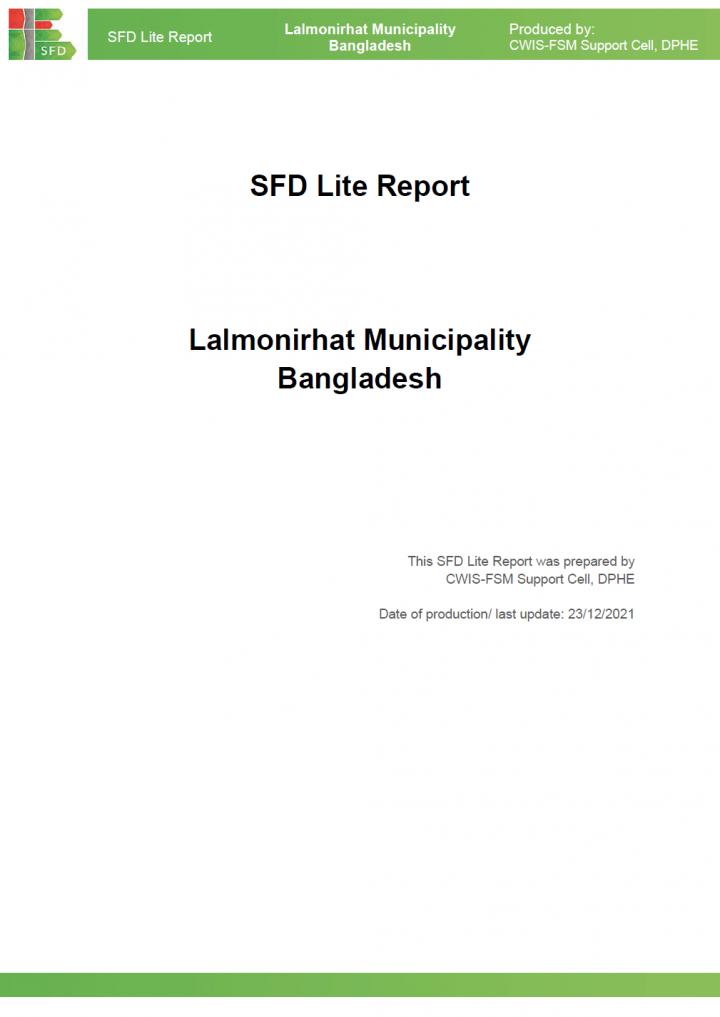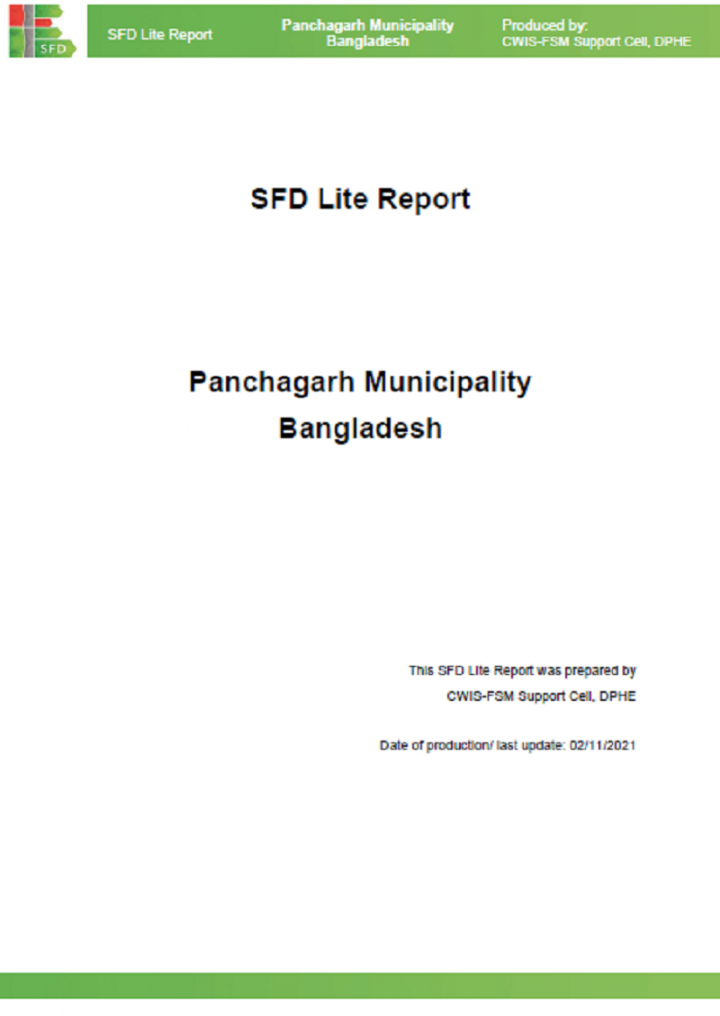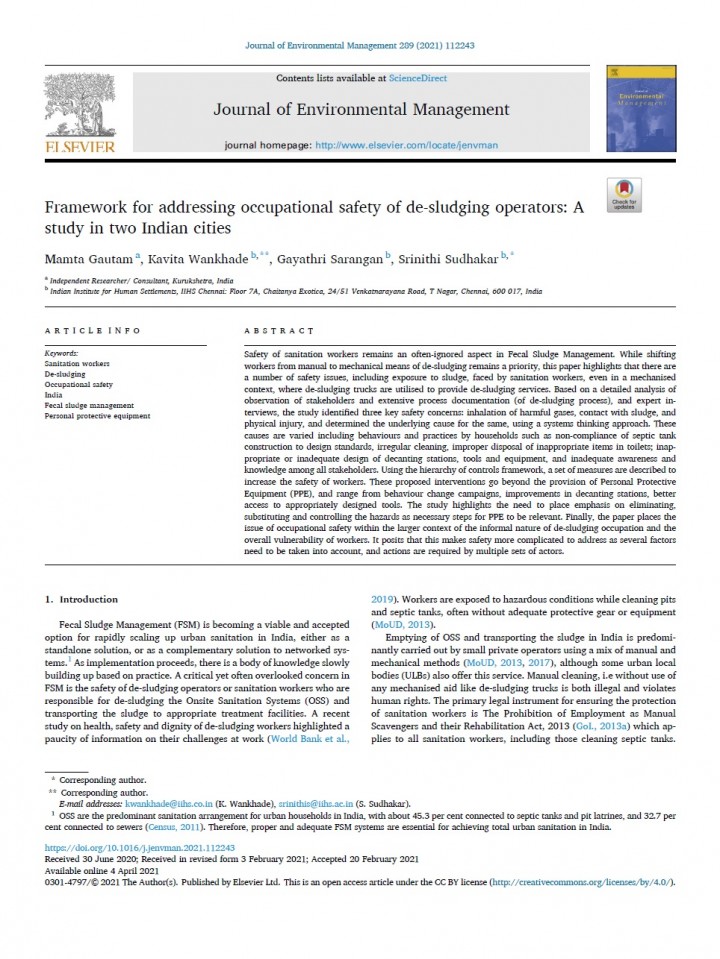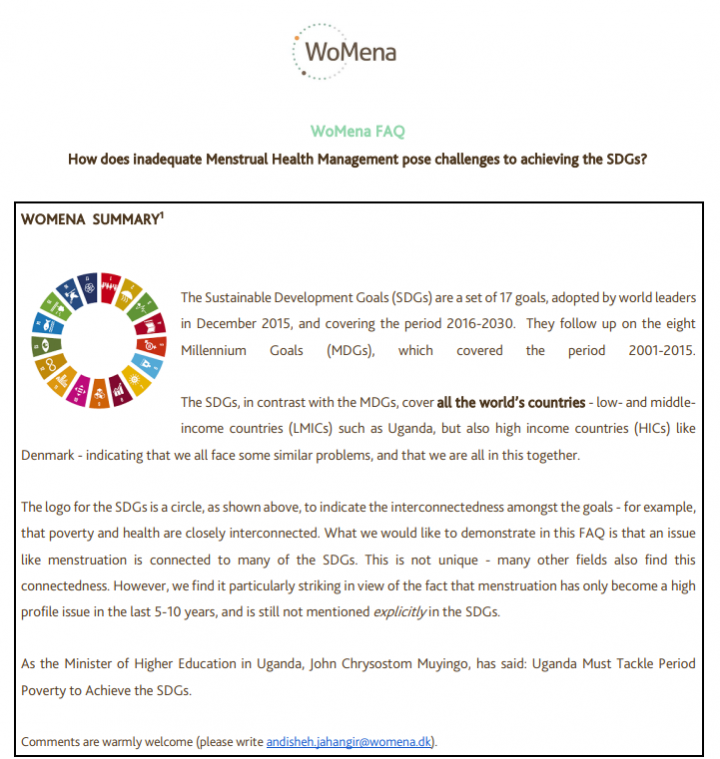Searching for information on Sanitation Workers?
The Sanitation Workers Knowledge + Learning Hub is the best source for all current news, trends, articles and updates on sanitation workers rights around the world.
This curriculum is developed for the competency based training of Biogas Technicians. The term competency is at the heart of the training reform agenda, the new system of vocational education and training. Competency refers to the ability to perform ‘whole’ work roles to the standard expected in employment. Job performance involves more than the performance of a well-defined set of tasks in a …
WASH in Schools aims to support the provision of safe drinking water and improved sanitation facilities, and promotes lifelong health for children and their families. Ensuring access to water, sanitation and hygiene (WASH) in every school for every child can be a huge challenge, especially during emergencies. When disaster strikes, education is often disrupted as families become primarily focused …
The WASHaLOT 3.0 is a low-cost and water-saving washing facility. For pandemic preparedness and response, the WASHaLOT 3.0 can be easily adjusted so that fewer water outlets are in use to ensure physical distancing.
This user guide is produced to provide receiving schools with orientation on the WASHaLOT installation, guidance on operation & maintenance as well as recommendations for pandemic …
Following the 2010 floods, the Government of Pakistan developed the Pakistan Approach to Total Sanitation (PATS) as a country specific strategy to scale up sanitation programmes, particularly in rural areas to end open defecation. PATS has helped almost 18 million people to construct and use toilets. The last ten million people who need to construct toilets are mostly poor, whereas 176 million …
In India, there is lack of demonstrated successful models with respect to FSM. Government stakeholders gaining exposure to robust FSM models in another developing country was envisaged as one of the key preparatory steps for the development and operationalisation of effective FSM systems in Tamil Nadu. This report presents the preparatory work undertaken to organise exposure visits for Government …
With 193 governments coming together to agree a common framework to tackle 17 major world issues by 2030, business engagement to achieve them is seen as critical. So how do you understand the implications of the SDGs and prioritise them? How do you quantify and minimise the potential risks, and explore the opportunities?
This is an extract from PwC’s Navigating the SDGs: a business guide to …
This report presents the results of an evaluation of the Fairwater BluePump, an emerging rural water supply technology in sub-Saharan Africa. Claims about the BluePump’s durability and minimal maintenance requirements have provoked significant interest within the rural water sector. This evaluation set out to assess the suitability of the BluePump as a rural water supply technology, taking into …
The mission of Loveland TVET College is to produce high quality products and have a visible impact on social and economic development by:
- offering programmes of international standard, through the formation of strong linkages with key stakeholders and focusing on the holistic development of learners; and
- being a well-capacitated, accessible, credible, and self-sustaining TVET College, …
This guide is intended for health programme implementers who want to help communities make healthy choices. It introduces the Community Dialogue Approach, an innovative and participatory approach used to help achieve and sustain social action towards improving the health of communities. The approach could be considered both a community engagement and social and behaviour change intervention.
Banepa Municipality is located in Kavrepalanchok District, Bagmati Province of Nepal. It has 14 wards and covers the area of 54.59 sq km. It is surrounded by Panauti Municipality in the south, Mandandeupur Municipality in the north, Dhulikhel Municipality and Panchkhal Municipality in the east, and Bhaktapur District in the west. The municipality has urban and rural settlements. Particularly, …
Sanitation issues are some of the most significant development challenges for Kampala City, Uganda. Like many other capital cities in developing countries, Kampala is experiencing rapid population and economic growth. However, provision of key services including adequate sanitation for the city population has not been in tandem with these developments. Kampala Capital City Authority (KCCA) with …
The Global Steering Committee (GSC) is delegated by members to govern SuSanA 2.0 on their behalf during the periods between triennial election (every three years). As such, it is the principal decision-making body and governance vehicle during this period. It is responsible and accountable to members, primarily through the Annual Assembly, for ensuring sound strategic and financial functioning of …
In October 2019, a group of leading organisations in the sanitation and hygiene (S&H) sector – Plan International, SNV, UNICEF, WaterAid, the World Bank and World Water Supply and Sanitation Collaborative Council (WSSCC) – published a call to action.1 This stressed renewing commitment and stepping up ambitions and investments to rural S&H and called for evidence-based and adaptive …
Lakshmipur was originally a sub-division of Lakshmipur district and the municipality was established in 1976. The town stands on the bank of the Rahmatkhali and is located 137 km south-east of Dhaka. The city is sub divided into 12 wards and 22 mahallas. Lakshmipur is one of the 53 district-level municipalities in the country.
According to the population census in 2011 by the Bangladesh Bureau …
The one day Conference held on 9th March 2006 was entitled “Water and sanitation for disabled people and other vulnerable groups: improving access and inclusion.”
The purpose of the conference was to introduce the issues and problems of accessing and using WATSAN services and facilities for disabled people and other vulnerable groups, including solutions and examples of good practice for …
The Nicaraguan rope pump has stimulated widespread interest throughout Central America due to its low cost, efficiency, durability and low maintenance needs. The pump is based on a centuries-old design that was refined during the 1980s and 1990s. Suitable for use at either a community or family level, the pump operates as well as other, more expensive pumps such as the Afridev and India Mark II …
This report explores the current situation of MHH in selected focus countries, reflecting on the recent progress made and the remaining challenges. The three in-depth country studies looked at progress at three levels: a) nationally; b) progress catalysed with the support of WSSCC funding (outside of the Global Sanitation Fund, GSF); and c) progress achieved through the GSF-supported programmes. …
Spurred by the growing body of evidence linking poor menstrual hygiene facilities to school absenteeism, a collaborative study by the Ministry of Education, the Bhutan Nuns Foundation, the Religion and Health Project and the Ministry of Health in partnership with UNICEF was undertaken in 2017. The study undertook both qualitative and quantitative approaches to assess the current issues facing …
In the fictional African city of Bafini, 80% of residents have no access to a sewer connection, relying instead on toilets with pits or septic tanks. This creates a need for better faecal waste collection services, and a market opportunity for a smart entrepreneur.
You run a waste management business in Bafini, and have just decided to expand into faecal sludge management. You have a positive …
It is known that eradicating open defecation is only half the battle. For improving sanitation, faecal sludge and wastewater also needs to be safely managed. It is in this context that Government of India, Ministry of Housing and Urban Affairs (MoHUA) issued a National Faecal Sludge and Septage Management (FSSM) Policy3 . It recommends regular desludging of septic tanks through a systematic …
Lalmonirhat is a municipality town and district headquarters of Lalmonirhat District in the division of Rangpur, Bangladesh. Lalmonirhat is a fast-growing city, which is 329.8 km away from the north of Dhaka. It is beside the Dharal River and it is well connected with road, water, and railways. It was declared Municipality in 1972. Lalmonirhat is one of the 53 district-level municipalities in the …
The Panchagarh District is in the northern part of Bangladesh. Panchagarh city, the district headquarter of Panchagarh is situated in Rangpur Division, Bangladesh. The city stands on the bank of Korotoya. The city is 415 km away from the capital city Dhaka. It is well connected with road, water, and railways. The town was declared Municipality in 1985. Panchagarh is one of the 53 district-level …
Safety of sanitation workers remains an often-ignored aspect in Fecal Sludge Management. While shifting workers from manual to mechanical means of de-sludging remains a priority, this paper highlights that there are a number of safety issues, including exposure to sludge, faced by sanitation workers, even in a mechanised context, where de-sludging trucks are utilised to provide de-sludging …
Menstruation is connected to many of the Sustainable Development Goals (SDGs). This is not unique – many other fields also find this connectedness. However, we find it particularly striking in view of the fact that menstruation has only become a high profile issue in the last 5-10 years, and is still not mentioned explicitly in the SDGs.






